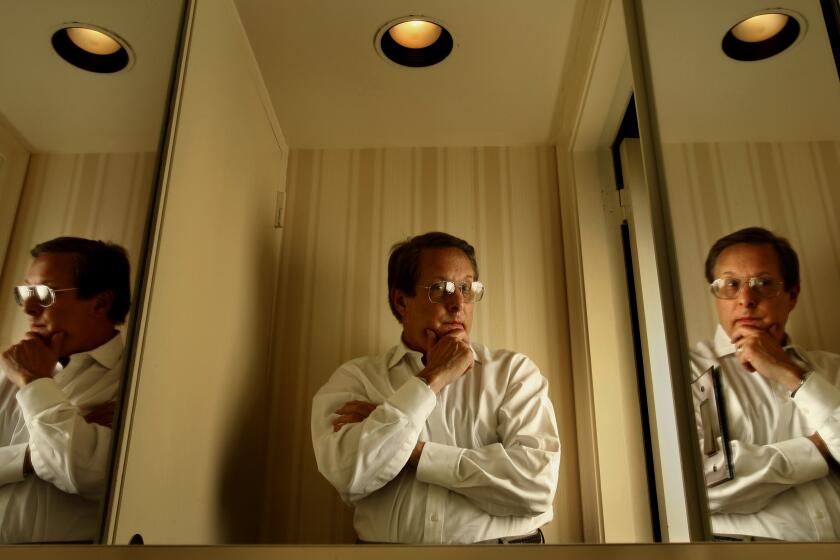50 years on, it’s the realness of ‘The Exorcist’ that still makes your head spin
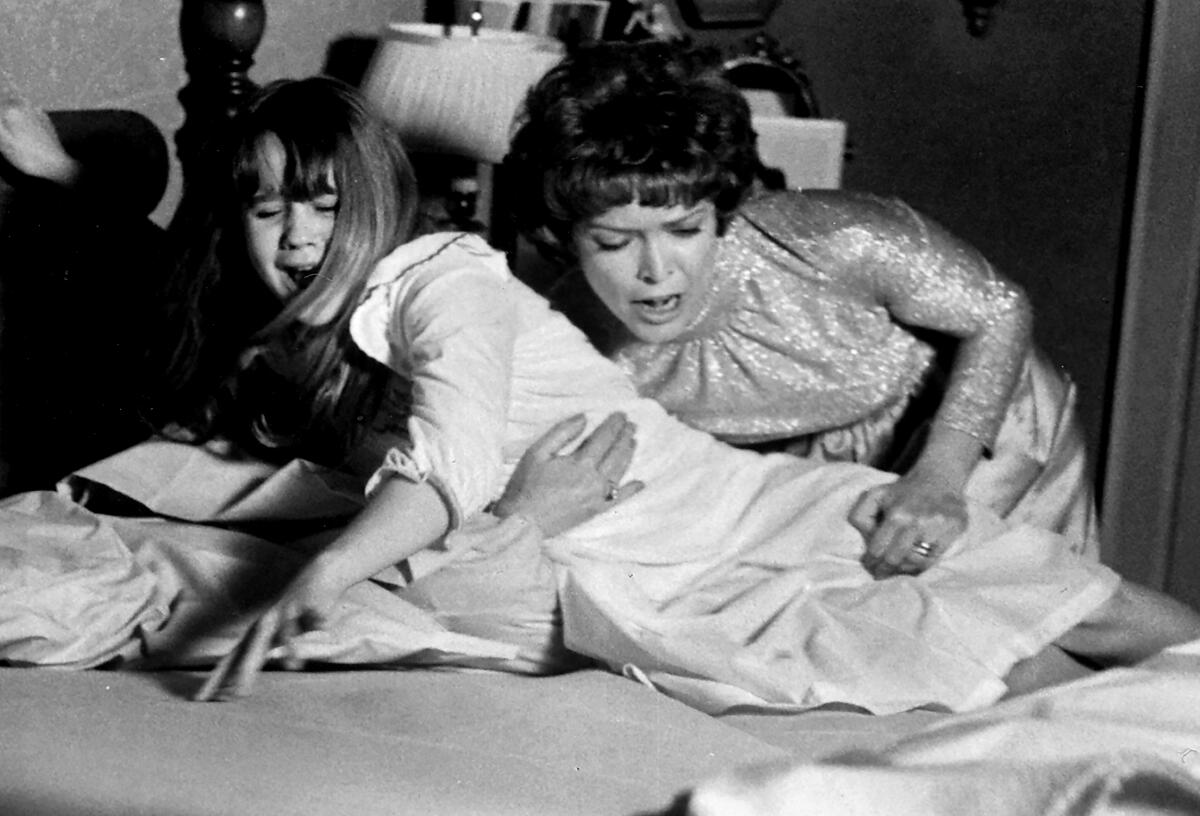
- Share via
Review
The Exorcist Legacy: 50 Years of Fear
By Nat Segaloff
Citadel: 352 pages, $28
If you buy books linked on our site, The Times may earn a commission from Bookshop.org, whose fees support independent bookstores.
On Aug. 20, 1949, the Washington Post ran a front-page story with a rather shocking headline: “Priest Frees Mt. Rainier Boy Reported Held in Devil’s Grip.” The story below went on to report, in dry, objective language, that a 14-year-old “has been freed by a Catholic priest of possession by the devil” in “what is perhaps one of the most remarkable experiences of its kind in recent religious history.” There it is, in black and white, above the fold, right next to an article about the FCC. This, we are told, really happened.
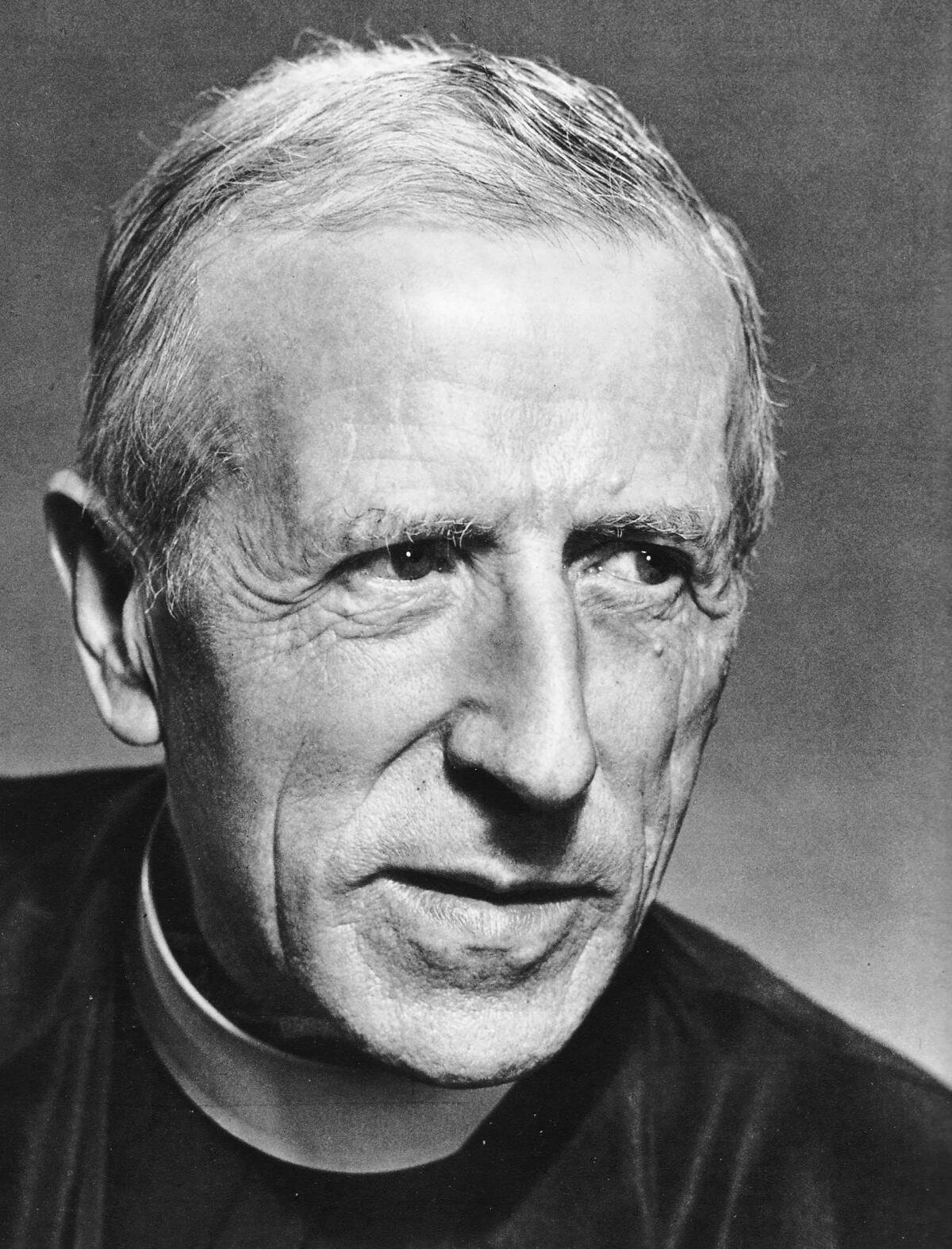
There has been some disagreement over the years about exactly where in Maryland the exorcism took place. More important is the fact-based approach to the story, the idea that this tale belongs to reality rather than the supernatural. It’s the same principle that guides “The Exorcist,” William Friedkin’s hugely influential smash-hit horror movie, which had moviegoers lining up around the block 50 years ago for the privilege of getting scared to death and, in many cases, vomiting on their way out of the theater (usually before the movie ended).
As Nat Segaloff explains in his new book “The Exorcist Legacy: 50 Years of Fear,” the movie would go on to spawn sequels, prequels, knockoffs, and even a TV series, which ran from 2016 to 2017 (get thee behind me). It’s about to get yet another sequel, courtesy of David Gordon Green, who just finished revamping the “Halloween” franchise.
Oscar-winning director William Friedkin, known for ‘The Exorcist’ and ‘The French Connection,’ has died. He was 87.
As is often the case, there’s still nothing like the real thing, or at least the original movie based on a book based on the thing that might have been real. Adapted by William Peter Blatty from his own novel (which was inspired by the 1949 story), “The Exorcist,” for all of its grisly makeup and visual effects, betrays the documentary background of its director — and this is what makes it terrifying.
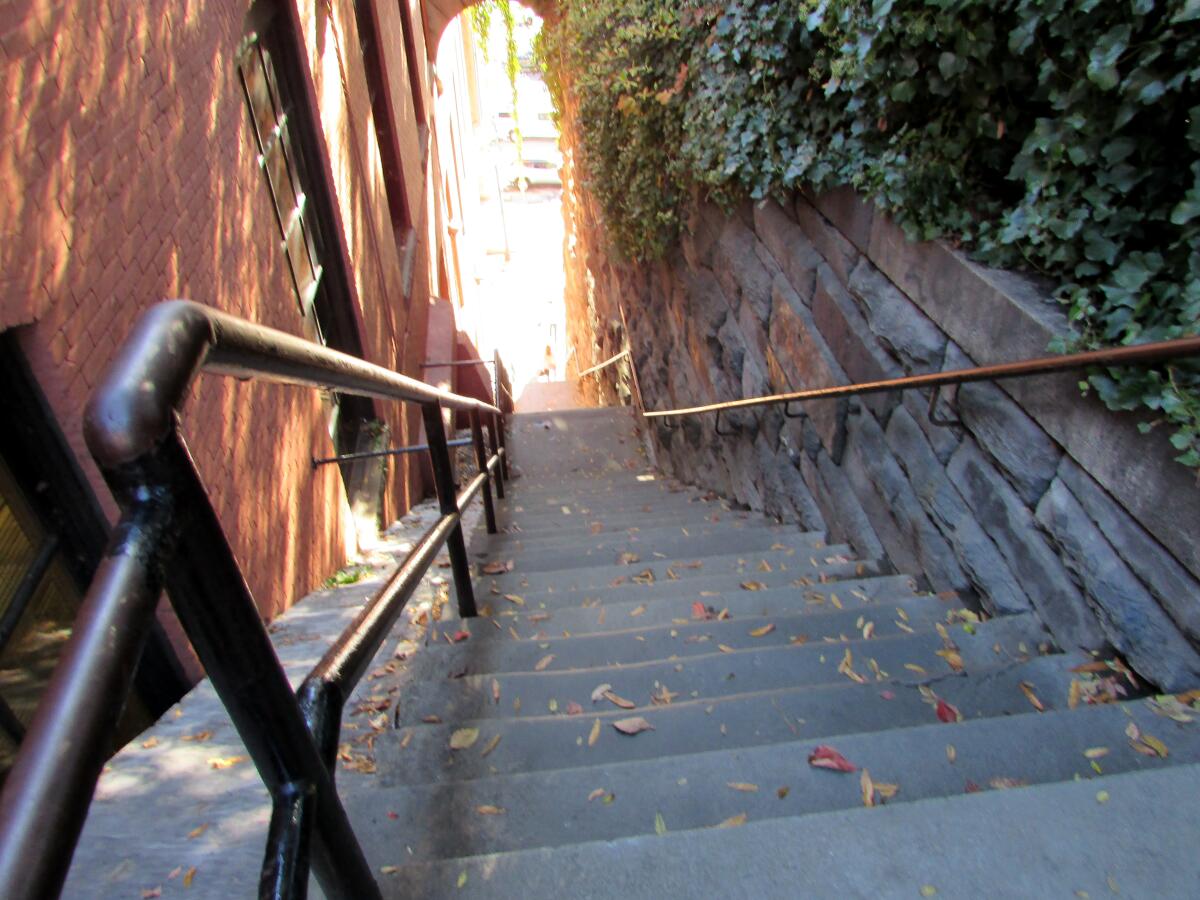
Friedkin was coming off an Oscar win for directing “The French Connection” (1971), but his roots were in hardscrabble nonfiction, including a documentary, “The People vs. Paul Crump,” that helped get a man off death row. He had a cinematographer, Owen Roizman, trained in the art of close-quarters guerrilla shooting.
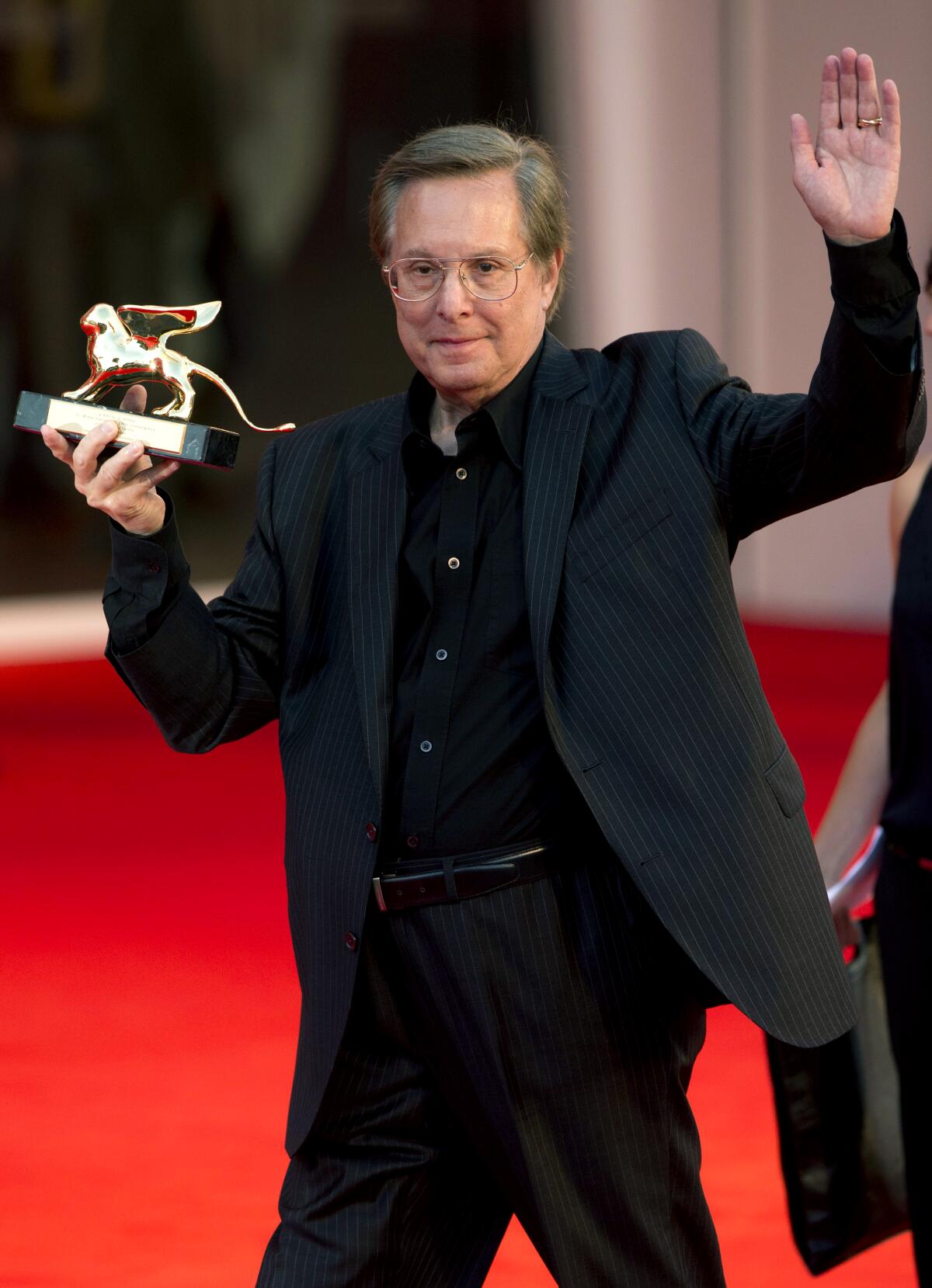
The result is a movie determined, through its images, its editing and its naturalistic sound (which earned one of the movie’s two Oscars), to convince you that what you’re watching through the cracks between your fingers is really happening. That this little girl, played by Linda Blair, is really inhabited by a demon named Pazuzu who swears like a drunken sailor (voiced by a gravelly Mercedes McCambridge) and possesses a cruel sense of humor. And that her mother (Ellen Burstyn) is at her wit’s end after cycling through a series of doctors who trot out rational diagnoses to explain what might be wrong with poor Regan. In this sense “The Exorcist” isn’t at all fantastical. It’s as lean and blunt as that newspaper headline, or a hard backhand delivered by the demon’s tormented human host.
The director of ‘The Exorcist’ and ‘To Live and Die in L.A.’ looks back on his big life.
In his dutiful, soup-to-nuts book about the movie and its legacy, Segaloff, who was publicity director for a Boston theater chain where the movie showed during its original run, addresses the question of what made so many “Exorcist” viewers throw up. The obvious assumption is that it was the projectile pea soup, or the bloody cross, or the spinning head. Not so, insisted Blatty, who claimed to have posted up at the back of a theater to watch the nauseous flee. The worst culprit, Blatty says, was the scene in which Regan gets an arteriogram: A needle is jabbed into her neck and blood comes spurting out.
During the production of the masterpiece of horror “The Exorcist,” director William Friedkin and screenwriter William Peter Blatty enjoyed having fun with the suits at Warner Brothers.
In other words, according to Blatty, it was the realistic depiction of a flesh-and-blood medical procedure that made most viewers lose their lunches, rather than any devil play. Apocryphal? Perhaps. But the story speaks to the idea that the movie’s sense of realism is its most disturbing quality.
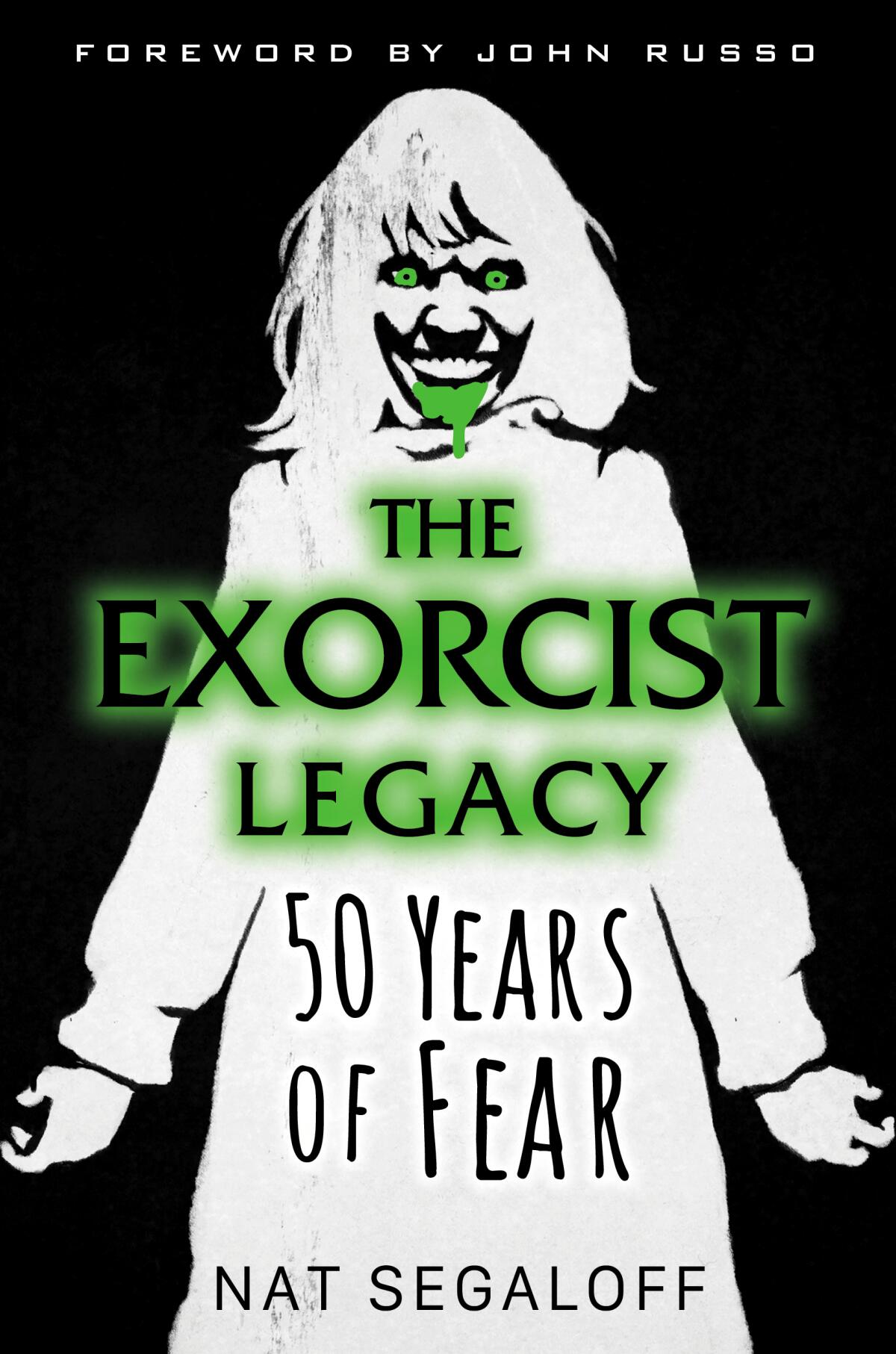
Friedkin is a believer, or at least he sees the advantages of playing one. As Segaloff details, in 2017 Friedkin made a documentary called “The Devil and Father Amorth,” in which he accompanies a real-life exorcist plying his trade on an Italian woman. A former exorcist for the Diocese of Rome, Gabriele Amorth was the inspiration for the recent Russell Crowe horror movie “The Pope’s Exorcist,” which isn’t as bad as you might think.
Amorth was also a co-founder of the International Association of Exorcists. Everyone, it seems, could use a union. The documentary, which runs barely over an hour, feels a little stunt-like and probably won’t earn many new converts. And yet, it’s still a documentary. About an exorcist. Made by the director of “The Exorcist.”
Review of the documentary “Friedkin Uncut,” focusing on director William Friedkin’s biggest successes “The Exorcist” and “The French Connection.”
Segaloff argues, convincingly, that “The Exorcist” is about faith. Father Karras, the young priest played by Jesuit-educated playwright-turned-actor Jason Miller, is losing his; he’s in existential freefall well before being drafted into exorcism duties. The world occupied by Chris McNeil, Regan’s mom, is the secular stew of Hollywood; she’s in Washington, D.C., to make a movie when her daughter becomes the devil’s plaything.
What does Karras believe? What does Chris believe? More to the point, what does the viewer believe? Could or did something like this really happen? Can answers be found in mental illness or an overactive imagination? The questions hang in the air like the bed in Regan’s room, giving “The Exorcist” both veracity and mystery.
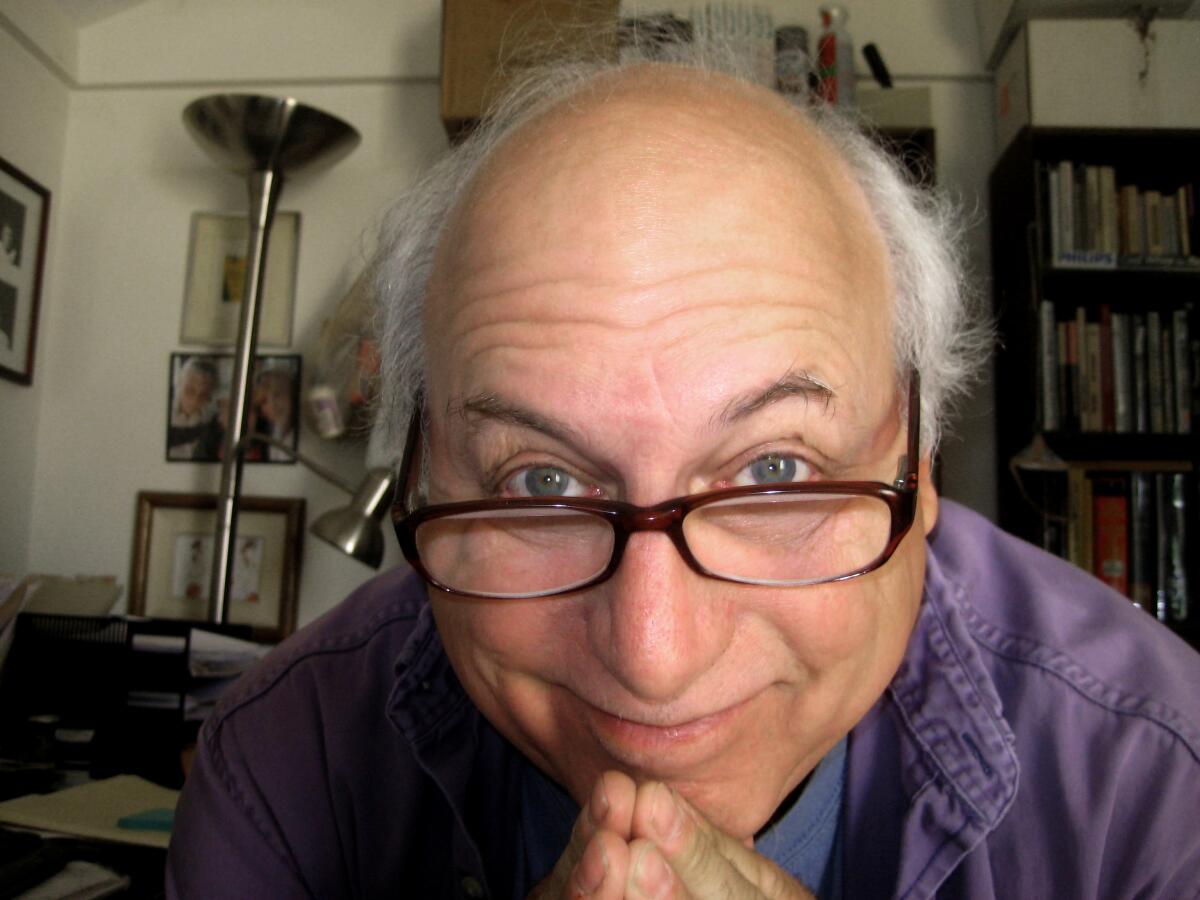
There have been many books about the film, the best of which is probably Mark Kermode’s critical/historical monograph, simply titled “The Exorcist,” published by the British Film Institute in 1997. Segaloff, to his credit, quotes Kermode extensively, adding some intellectual heft to what is otherwise a pretty straightforward procedural. The movie is like a series of questions to which the answers remain tantalizingly out of reach. And yet it also has a solidity, a sense of verité (to use a word crucial to documentary history), that makes you feel like you can reach out and touch it. A word of warning: It still burns.
Vognar is a freelance writer based in Houston.
More to Read
Sign up for our Book Club newsletter
Get the latest news, events and more from the Los Angeles Times Book Club, and help us get L.A. reading and talking.
You may occasionally receive promotional content from the Los Angeles Times.
